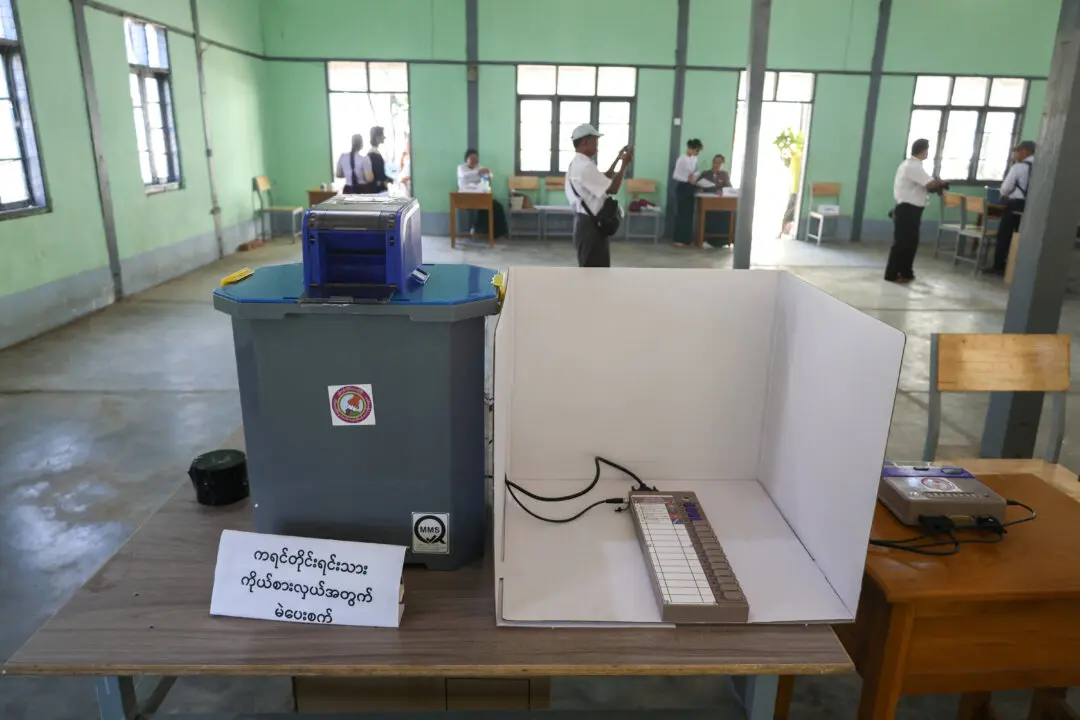Apple Inc. said on Monday it will not meet its revenue guidance for the March quarter due to the coronavirus outbreak slowing production and weakening demand in China.
Apple’s manufacturing facilities in China have begun to re-open, but they are ramping up more slowly than expected, the technology company said in a statement to its investors.





